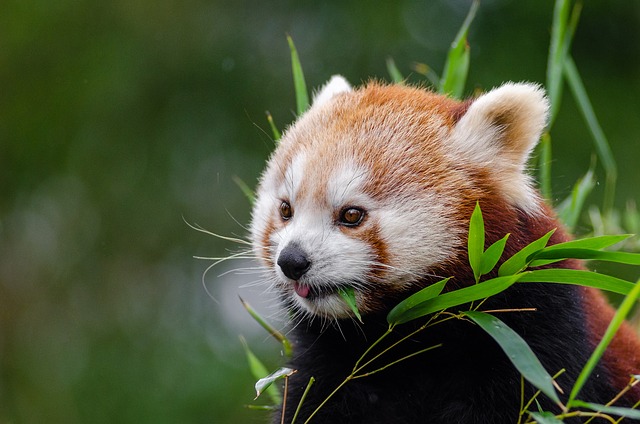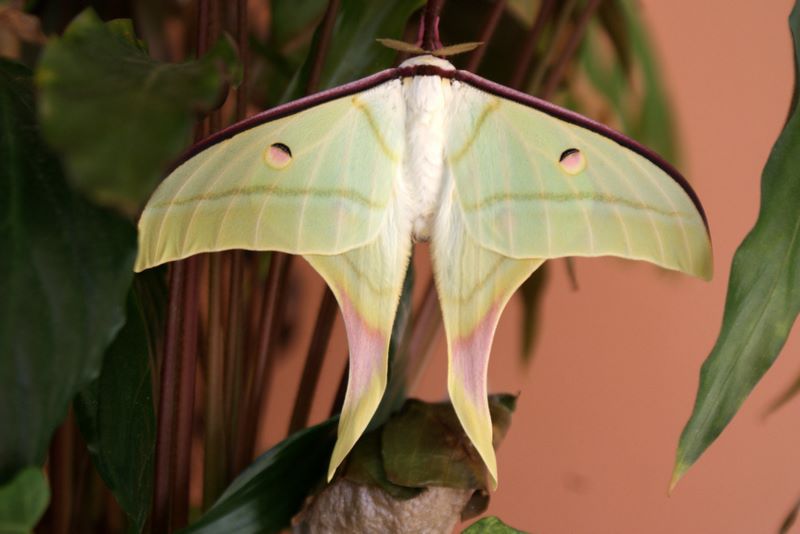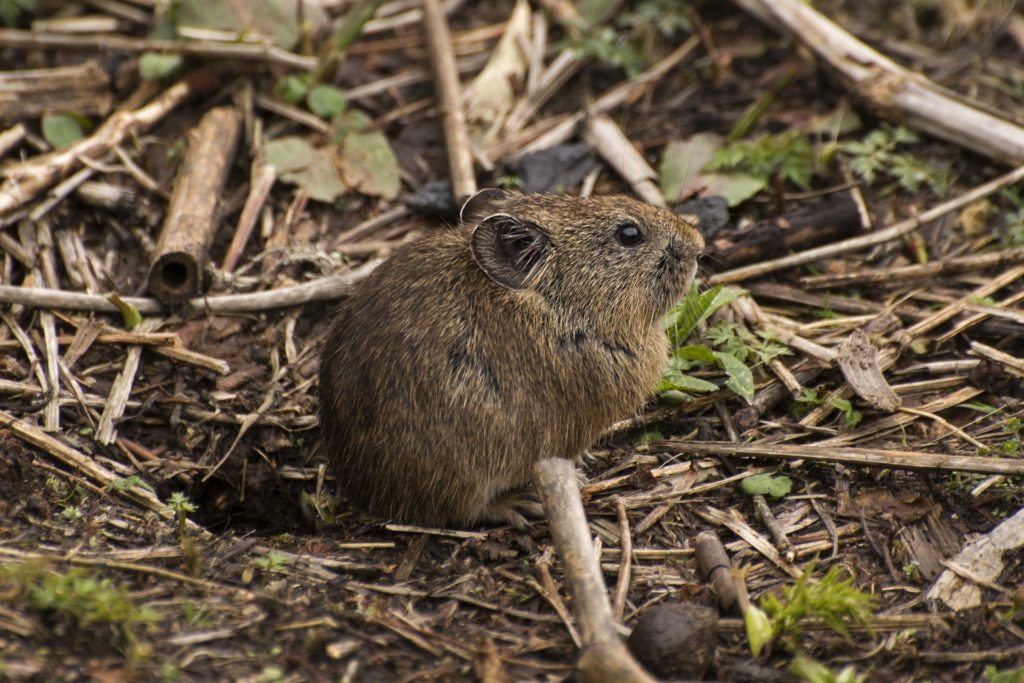Scientists have discovered for the first time that there are two distinct species of the red panda, not just one. A team of researchers at the Chinese Academy of Sciences has found that two varieties of the red panda which are native to the Himalayas and southwestern China, actually comprise two different species.
Red pandas are small arboreal mammals that look more like red raccoons than pandas. They have red coats, masked faces, and ringed tails. They live at high altitudes, and like pandas, eat bamboo.
Also Read: Know About the Red Panda Today
They once lived across much of Eurasia, but they are now listed as endangered—their population has dwindled to just 10,000. They are native to China, Nepal, India, Bhutan and Myanmar.
Prior study has shown that there are two varieties of the red panda: the Chinese red panda and the Himalayan red panda. Chinese red pandas are known for having redder faces with less of the white wisps in their fur. Their tail rings are also darker with more white between them.
The Himalayan red panda is distributed in Nepal, Bhutan, northern India, northern Myanmar, Tibet and the western Yunnan province of China, while the Chinese red panda inhabits the Yunnan and Sichuan provinces of China, the researchers said.

Using data from 65 wild red pandas from across Asia, researchers found each species had distinct DNA.
The researchers collected muscle, skin and blood samples from seven population areas. The analysis was focused on finding differences in DNA base pairs on the Y chromosome.
The data also showed that the Chinese red panda has three populations that are genetically different.
Also Read: 9 Amazing Facts About the Red Panda
The researchers suggest their findings are important for the survival of both the species, because it will help to concentrate on specific conservation activities that are best suited for each of them. Also, it will help to prevent interbreeding that could lead to one species overtaking another.









